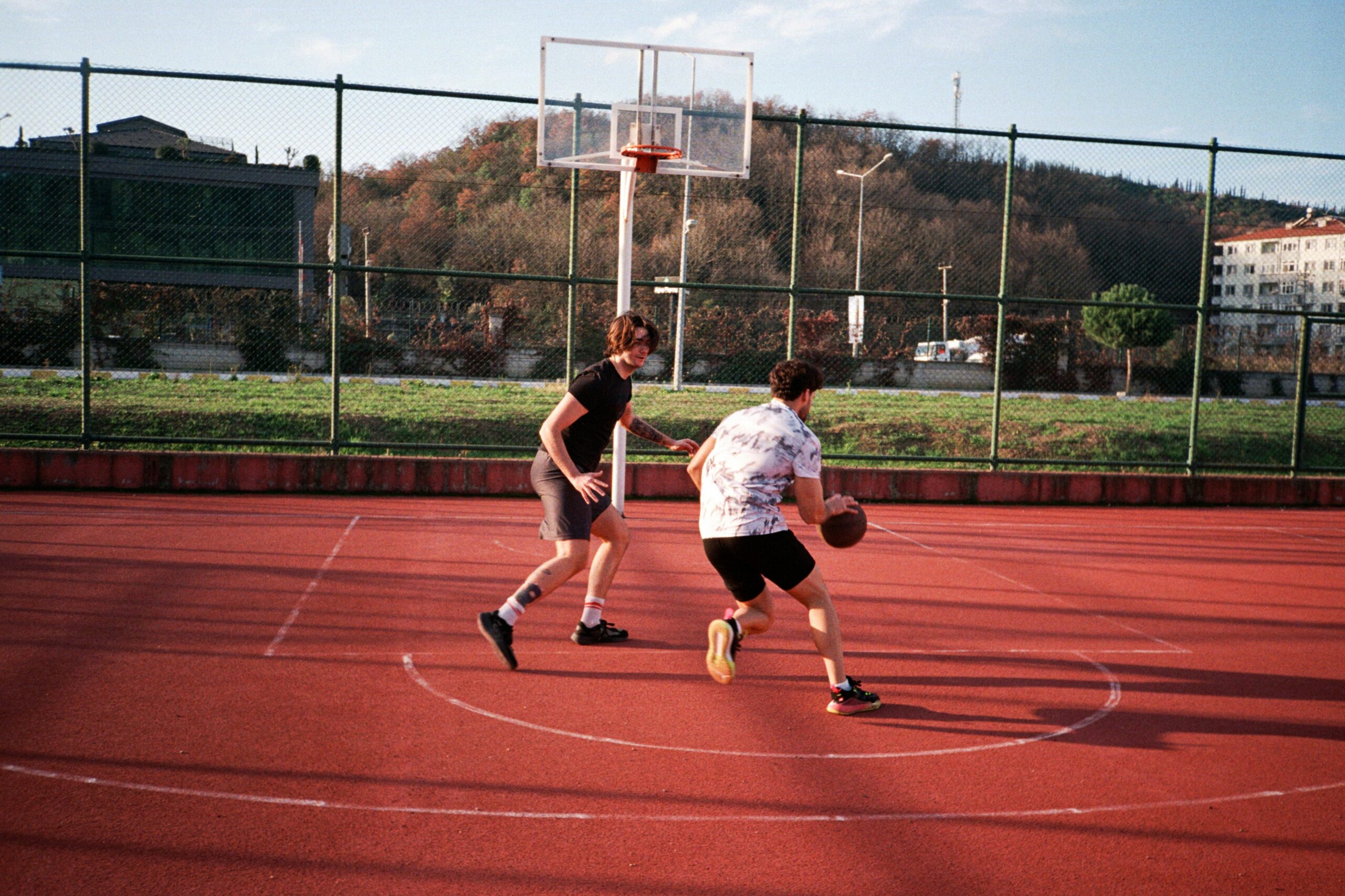
In the high-stakes environment of college athletics, where student-athletes push their bodies to the limits, injury prevention and recovery are paramount. A team physician plays a crucial role in ensuring athletes not only perform at their best but also remain healthy throughout their college careers. These medical professionals are tasked with overseeing the well-being of athletes, offering guidance on injury prevention, diagnosing injuries, and managing the rehabilitation process. This article delves into the essential duties of a team physician in college athletics, exploring their role in both preventing injuries and supporting recovery.
Injury Prevention: The First Line of Defense
The best way to address injuries is to prevent them in the first place, and this is where a team physician’s expertise is indispensable. College athletes face an array of injury risks, from the repetitive motions involved in training to the intensity of competition. The role of a team physician involves more than just responding to injuries—they must proactively manage the health and fitness of athletes to reduce the risk of injury.
One of the primary duties of a team physician is to assess each athlete’s physical condition at the beginning of each season. This assessment can include tests for flexibility, strength, cardiovascular health, and musculoskeletal function. With this information, the physician can develop personalized injury prevention programs tailored to each athlete’s needs. These programs may include recommendations for specific stretches, strength exercises, and conditioning routines aimed at addressing any weaknesses or imbalances that could lead to injury.
Injury prevention also involves educating athletes about the importance of proper nutrition, hydration, and rest. A team physician may work closely with nutritionists to ensure athletes are fueling their bodies correctly to support their high-intensity training. Dehydration, for example, can increase the likelihood of muscle cramps and strains, while poor nutrition can lead to fatigue and decreased performance. By guiding athletes in these areas, the physician helps reduce the likelihood of injuries.
On-Site Injury Management: Quick and Accurate Diagnosis
A team physician must assess the severity of an injury, determine whether it requires immediate medical attention, and decide if the athlete can safely continue playing or training. Injuries can range from mild sprains and strains to more severe fractures, dislocations, or concussions. In some cases, the physician might need to refer the athlete to a specialist for further evaluation. Still, their ability to make an initial diagnosis and stabilize the athlete is critical.
Injury management doesn’t stop at the sideline. A team physician must monitor the athlete’s recovery process, which can include recommending physical therapy, prescribing medications for pain management, and following up on the athlete’s progress over time. By staying involved in every stage of recovery, the physician ensures that the athlete is adequately rehabilitated and is not rushing back into action before they are fully healed.
Rehabilitation and Recovery: Getting Athletes Back to Peak Performance
For many injuries, rehabilitation begins with rest and gentle mobility exercises designed to prevent further damage and promote healing. The team physician works alongside physical therapists and athletic trainers to create a recovery plan tailored to the specific injury. For example, an athlete recovering from a knee injury might need to perform exercises to regain strength in the quadriceps and hamstrings. In contrast, an athlete recovering from a shoulder injury might need to focus on shoulder stability exercises.
Rehabilitation also involves psychological support. Injuries can be mentally challenging, especially for athletes who are accustomed to being at the top of their game. A team physician must recognize the emotional toll that injury can take on an athlete and provide guidance or referrals to mental health professionals when necessary. It is essential for athletes to feel confident in their recovery process and in their ability to return to their sport without fear of further harm.
Long-Term Health and Performance Optimization
A team physician’s duties go beyond immediate injury care—they are also responsible for the long-term health and performance optimization of athletes. This includes monitoring an athlete’s physical condition throughout their college career, addressing chronic conditions, and helping athletes maintain peak performance. For example, the physician may help athletes manage ongoing issues such as tendonitis, stress fractures, or lower back pain, ensuring these conditions don’t hinder their athletic careers.
The role of a team physician in college athletics is multifaceted and essential to the health and success of student-athletes. From injury prevention and on-the-spot management to comprehensive rehabilitation and long-term performance optimization, the team physician is a cornerstone of the athletic program. Their ability to provide timely care, coordinate with other healthcare professionals, and support athletes throughout their careers is invaluable. For college athletes, the expertise and guidance of their team physician are instrumental in helping them stay healthy, recover from injuries, and perform at their highest level.